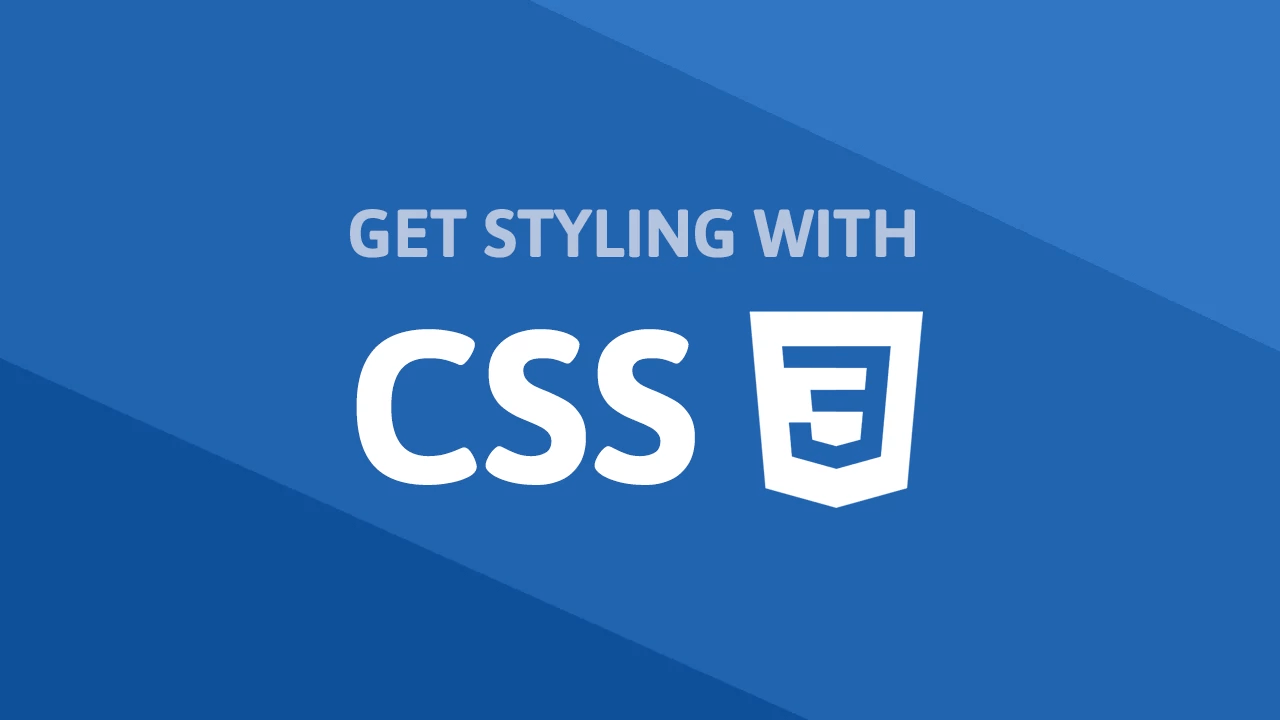
CSS Intro
1. What is CSS?
Cascading Style Sheets
> CSS is used to style the webpage
2. Using CSS Inside HTML
- CSS can be used directly in the HTML file 'inline', through the
styleattribute within an HTML element's opening tag
> ex)<p style="color: red; font-size: 20px;">Using CSS inline</p>
- It can also be used as a
<style>element inside the<head>element, which would be more versatile than using as the attribute
> ex)<head> <style> p { "color: red; font-size: 20px; } </style> </head>
3. Linking CSS to HTML
CSS codes should be written in a separate '.css' file and then linked to the HTML file.
<link>
- CSS file is linked to HTML through the
<link>element, inside the<head>element- The
<link>element is a self-closing tag - it only has opening tag- It requires 3 attributes:
href- the source or the path to the file being linked to HTML. Can be an absolute path URL or relative path. For CSS, the value would usually be a relative path.
> For a CSS file named 'style.css', the value ofhrefwould be "./style.css", or just "style.css"type- specifies the 'type' of the file being linked to HTML.
> For CSS, the value oftypeshould be "text/css"rel- specifies the 'relationship' between the file being linked and HTML.
> For CSS, the value ofrelshould be "stylesheet"- ex)
<head> <link href="style.css" type="text/css" rel="stylesheet"> </head>
4. CSS Selectors
CSS selectors are used to 'select' HTML elements
CSS can select HTML elements by tag, class, or id
In other words, CSS selectors can have 3 types:
- tag - use the HTML element's tag as the selector (without double angle brackets)
> ex)<h1>Hello</h1>h1 { font-family: Georgia; font-size: 20px; color: red; }
- class - use '.' + class name as the selector
<h1 class="bold blue">Hello</h1>.bold { font-weight: bold; } .blue { color: blue; }
- id - use '#' + id name as the selector
<h1 id="hello">Hello</h1>#hello { font-family: cursive; font-size: 30px; color: purple; }
5. Specificity of Selectors
The different CSS selectors have order of specificity.
tag > class > id
- tag selectors are most general
- class selectors are more specific
- id selectors are most specific
styles for selectors with higher degree of specificity overrides those of more general specificity
- id selector overrides class & tag selectors
- class selector overrides tag selector
*Best practice in CSS is to style elements using the lowest degree of specificity.
- You should use the id selectors sparingly, since an id selector can only be replaced by another id selector with additional styling
6. Chaining Selectors
You can 'chain' CSS selectors to be more specific in which HTML elements to style
Selecting only particular tags of a class
h1.bold { font-weight: bold; }> this would select only the
<h1>tags of the classbold
Selecting nested elements of a class
Consider following HTML:<ul class="main"> <li>...</li> <li>...</li> <li>...</li> </ul>the
lielements can be selected in CSS by:.main li { }
Adding more than one tag, class, or id to a CSS selector increases the specificity of the selector
7. Multiple Selectors
More than one HTML elements can be selected at the same time to avoid repetitive CSS codes
Use comma to separate multiple selectors
- ex)
h2, p { font-size: 20px color: blue; }
